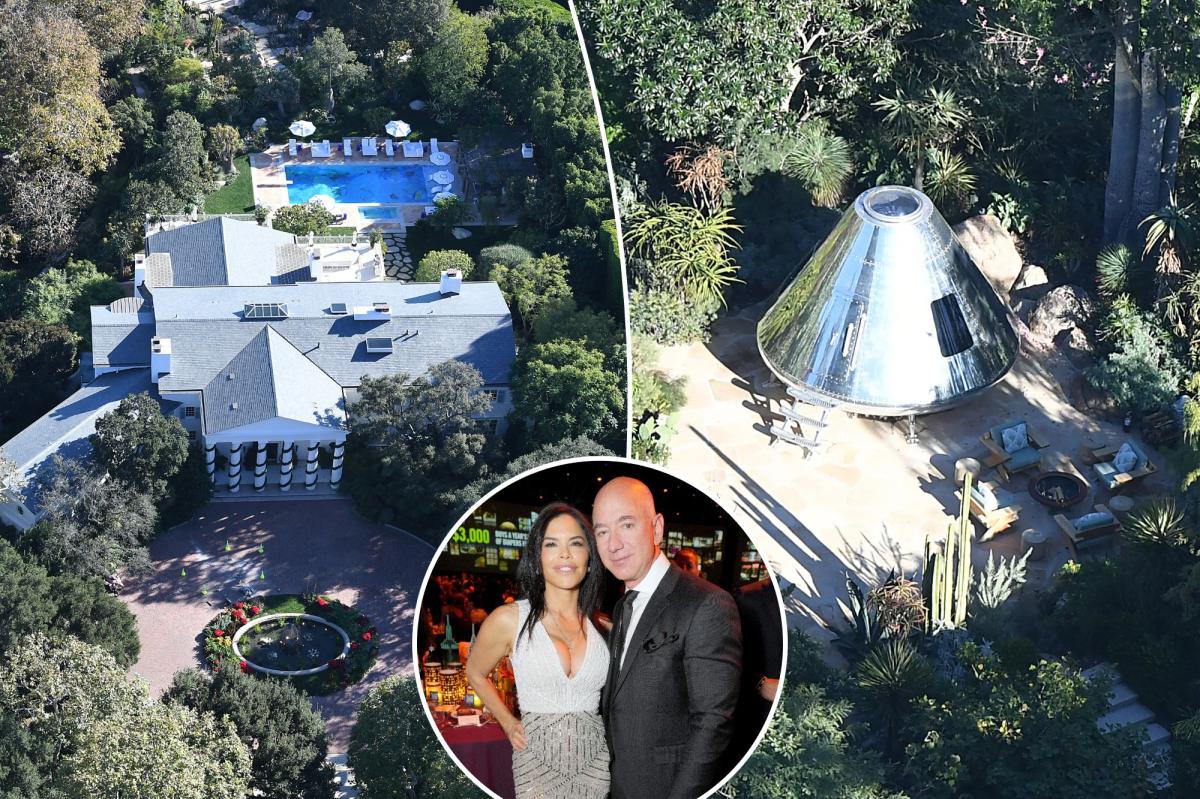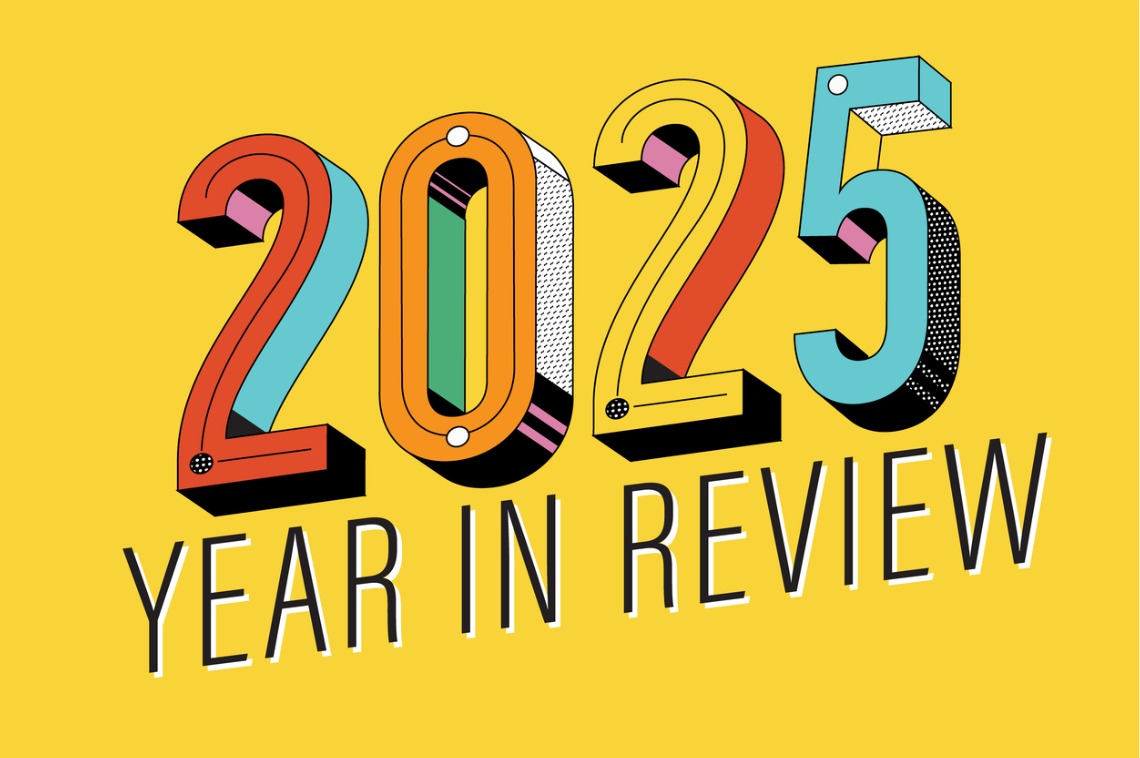E
ntering the 2025 fall market, Manhattan and Brooklyn feel a collective pause. The season is set to be more volatile than usual, with a real chance for a sudden shift in momentum.
Spring, running from mid‑February to mid‑June, remains the dominant period, accounting for most of the year’s transactions. Fall, by contrast, is quieter in volume but intense in activity. While spring spreads new listings across February, March, and April, the post‑Labor Day window sees a flood of inventory as sellers rush to the market. Buyers then spend September and October touring, evaluating, and bidding, all while racing against the clock before holiday distractions and winter slow‑downs take over. In short, fall can feel like a whirlwind.
Despite cautious optimism, the fall outlook is “hope for the best, plan for the worst.” Manhattan’s fall season is typically 40 % smaller than spring, averaging roughly 3,400 deals versus 4,750 in the spring over the past five years. The sub‑$4 million segment has trailed historical averages for three consecutive years, making a fresh surge in demand unlikely.
Luxury, however, is a different story. Since spring 2023, the $4 million‑plus tier has consistently outperformed seasonal expectations. Because most of these deals are cash, mortgage‑rate shocks are irrelevant, keeping the segment robust. Data show that the luxury market has outpaced the 2023/24 average in 2025, while the sub‑$4 million segment remains stagnant. This divide is evident across new developments and well‑located renovations.
Supply dynamics are critical. Demand has slipped, but inventory has not surged. In the sub‑$4 million market, inventory is slowly building, yet the lack of a glut during a sluggish period has kept leverage neutral, keeping prices relatively stable. However, the transition from summer lull to fall bustle could trigger a sharp shift. If buyers stay away, an inventory glut—especially in the sub‑$4 million space—could emerge, forcing sellers to cut prices. Conversely, if buyers return, the scarcity of spring and summer inventory could give sellers a tailwind, allowing prices to firm.
Mortgage rates remain the elephant in the room for buyers below $4 million. Rates have hovered in the mid‑6 % range; a slight recent dip is insufficient to spark demand on its own. The sub‑$4 million segment is highly rate‑sensitive, and until borrowing costs fall meaningfully or sellers adjust expectations en masse, the market remains in a state of cruise control.
The macro backdrop adds further uncertainty. Stock indices sit near all‑time highs, yet inflation, unemployment, and potential stagflation keep the Fed in a tight spot. This mix of optimism and risk tends to dampen volume.
Key catalysts for the fall include mortgage rates. A sharp, sustainable decline could revive sidelined buyers and encourage sellers to list. On the flip side, disappointing macro data or policy shifts could erode buyer confidence. Not all rate cuts are equal; lowering short‑term rates to stimulate a slowing economy often leaves buying conditions poor. Thus, rates still dominate the market, especially for non‑luxury buyers.
In summary, the 2025 fall season feels like a held breath. Inventory will rise, but demand may lag. Prices are holding for now, but they are not immune. Luxury buyers continue to move, while the rest of the market waits for a trigger—lower rates, better pricing, or renewed macro confidence—to re‑engage. If nothing shifts, the market risks a late‑year stall.














